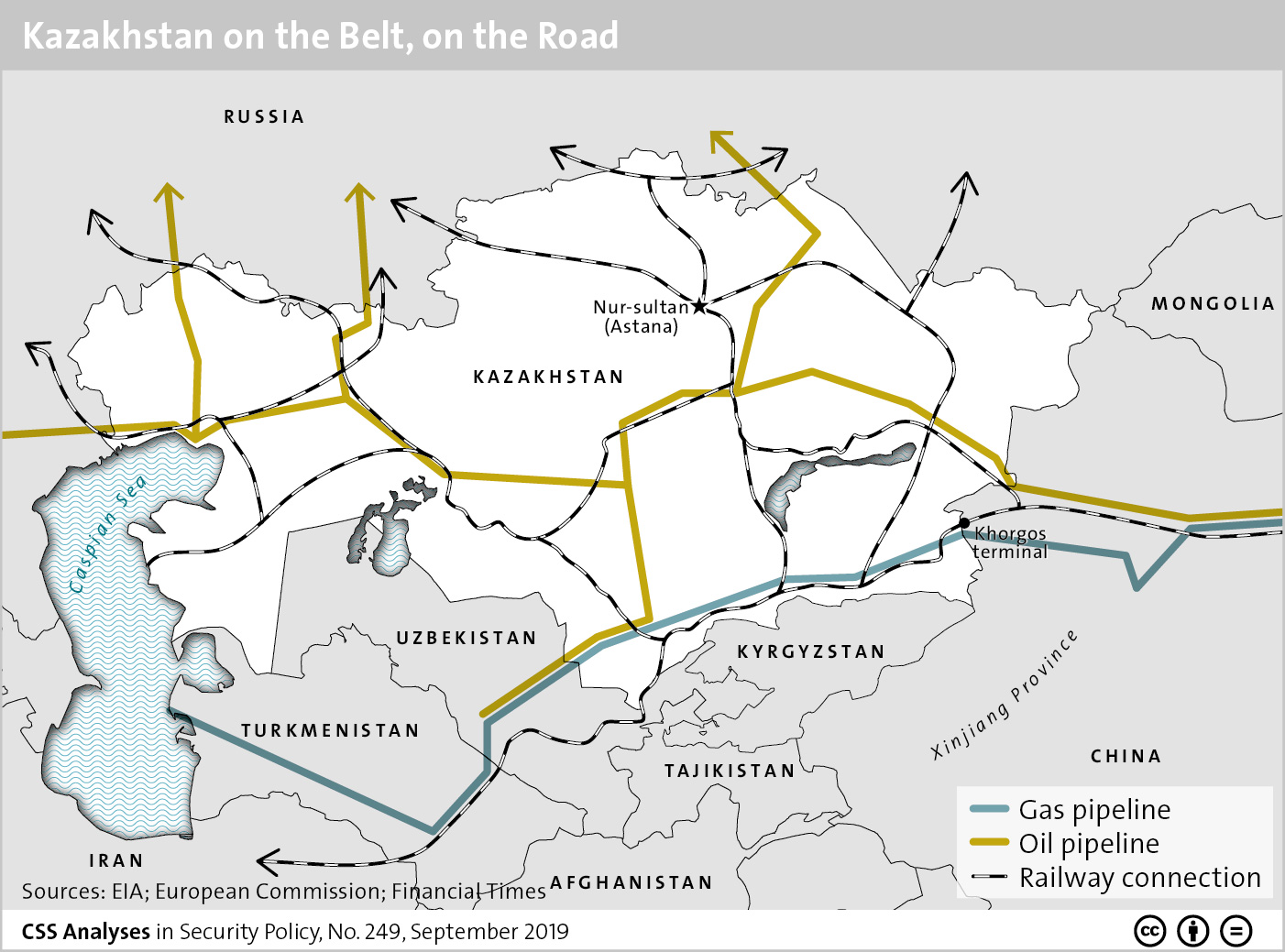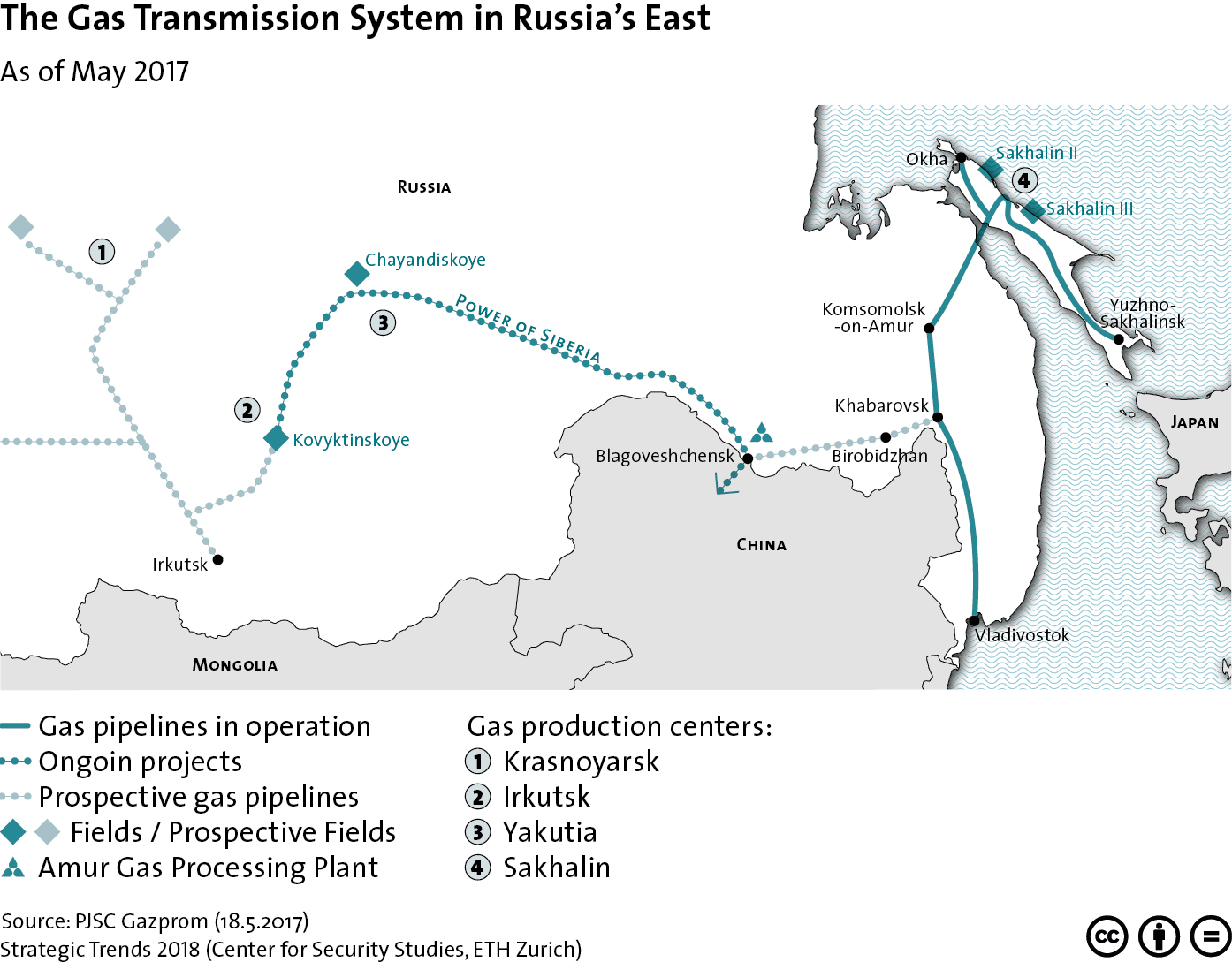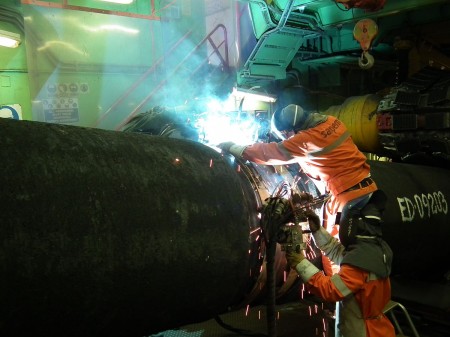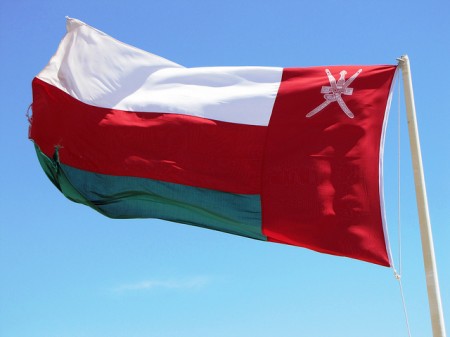
This week’s featured graphic illustrates Kazakhstan’s central role in China’s Belt and Road Initiative as of September 2019. For more on the country and its geo-strategic position, read Benno Zogg’s CSS Analysis in Security Policy here.

This week’s featured graphic illustrates Kazakhstan’s central role in China’s Belt and Road Initiative as of September 2019. For more on the country and its geo-strategic position, read Benno Zogg’s CSS Analysis in Security Policy here.

This week’s graphic highlights the energy and transport infrastructure that passes through Kazakhstan. For an insight into Kazakhstan’s role as a linchpin for trade, transport and more regarding China’s Belt and Road Initiative (BRI), see Benno Zogg’s recent CSS Analyses in Security Policy here.

This graphic maps current and proposed Russian gas pipeline projects in the country’s East, including the ‘Power of Siberia’ pipeline which traverses the Russian-Chinese border. For more on the Sino-Russia relationship, see Brian Carlson’s chapter for Strategic Trends 2018 here. For more CSS charts, maps and graphics on natural resources, click here.

This article was originally published by the Center for Security Studies (CSS) in its Policy Perspectives series (Vol. 4/4, March 2016).
The prospect of building the Nord Stream 2 pipeline between Russia and Germany is dividing the EU into two camps. By following geopolitical considerations, both sides are neglecting the concept of a liberalized natural gas market and are overlooking Europe’s favorable position in current international gas trade.
Key Points
When Russia’s Gazprom and its five European partners (BASF, E.ON, Engie, OMV and Shell) signed a declaration to build two new pipelines through the Baltic Sea (‘Nord Stream 2’) in September 2015, this came as a real surprise for most observers. The project would increase existing capacity from 55 to 110 billion cubic meters (bcm) a year by 2019. Gazprom would act as the main shareholder with a stake of 50 percent in the Swiss-based pipeline company. Nord Stream 2 will follow a similar route along the seabed as the first pipeline project that started deliveries in 2011. The project is completely financed by its shareholders and does not receive financial support from public sources of the EU or a Member State. It is clear that from the Russian side, not only the aspect of defending and maybe even the possibility of enlarging market shares in Europe, but also the geopolitical motivation of circumventing Ukrainian territory and reducing payments for Ukrainian transit play an important role in the project. After the Black Sea pipeline project ‘South Stream’ to Bulgaria was cancelled in 2014 and considerations to involve Turkey in the transit business have been put on hold, the Baltic Sea seems to be Gazprom’s most reliable and secure route to retain a hold on its most important market: Europe.

This article was originally published by Gulf State Analytics on 24 September, 2015.
Recent reports suggest that officials in the Sultanate of Oman and the Islamic Republic of Iran have given the go-ahead for the rumored 173-mile underwater gas pipeline connecting the two nations. As of March 2013, only an “understanding” had been reached. The new reports raise clear implications for the wider Gulf region, particularly Saudi Arabia.
For decades, and especially since the “Arab Spring” uprisings several years ago, Saudi Arabia has attempted to bind its smaller Gulf neighbors in a tight bloc to counter perceived Iranian aggression. On numerous occasions, Riyadh has provided military and economic support for its fellow Gulf Cooperation Council (GCC) states. The Saudis have also pushed for the establishment of a Gulf union comprising the Council’s six member states. The kingdom’s objective has been to further bind the GCC together in a united political and economic front vis-à-vis Iran.